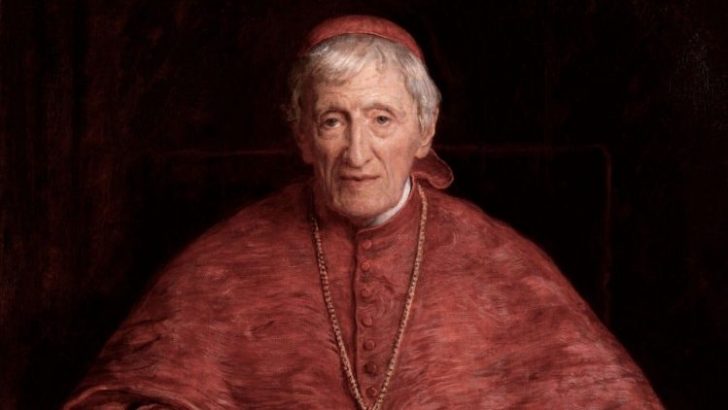Newman at Littlemore
by Bernard Bassett (Gracewing, £7.99)
Next month John Henry Newman will be canonised, at long last many may feel. This occasion will see a flood of books to mark both the events, and to enlarge upon people’s ideas about the man and his career, adding to the large number of books and reissues already available (many indeed from Gracewing, the publisher of the present book).
These two books are merely the vanguard of a much larger cohort. Fr Bernard Bassett, who suffered a serious heart attack the year this little book was first published in 1984 and died in 1988, was one of the post popular Jesuit writers of the post war years, a man of great charm and great influence as a retreat director.
In this short book he describes how Newman as a young idealist established the church at Littlemore, as an experiment in community living for Tractartian Anglicans, such as he was associated with. It was at Littlemore, where he worked as the Vicar that Newman moved in his religious feelings from being Anglican to accepting the full teaching of the Catholic Church, leading to his departure on his conversion.
This new edition, which has been amended and enlarged, will introduce readers not only to Newman but also to Fr Bassett and his many books, and indeed to the work at Littlemore (which now takes on an ecumenical aspect).
Unearthly Beauty: The Aesthetic of St John Henry Newman
by Guy Nicholls (Gracewing, £25.00 hb)
If Fr Bassett’s concern was with the ordinary reader, Fr Guy Nicholls’ book dealing with the aesthetics of Newman is very much for the scholar. The role of art, architecture and music in Newman’s life and by extension in the life of the Church is a profound topic. Here in Ireland we can see the results of Newman’s concern with such matters in the fabric and purpose of the University Church in St Stephen’s Green.
The outcome of many years of study and thought, this book is likely to become an important landmark in the ever increasing literature concerning England’s new saint. The author, an Oratorian priest who lectures in theology at St Mary’s College, Oscott , outside Birmingham, is the founder and director of the John Henry Newman Institute of Liturgical Music, which focuses on the ancient traditions of Latin and music in the church.
His five detailed chapters, drawn from his doctoral work, present an insightful critique of both what Newman believed and what he achieved. But, of course, Newman was a saint for all seasons too, and his life and work presents many other aspects to his myriad admirers.
As the author explains, his focus is on “the other-worldly” in Newman, so for this reason he eschews any discussion of Newman as writer. However, readers might like to know, that the book pages in The Irish Catholic issue of October 10 will contain an extended treatment of Newman, one of the giants of Victorian literature, as a writer in many genres.


 Peter Costello
Peter Costello Cardinal John Henry Newman. Photo: Vatican News
Cardinal John Henry Newman. Photo: Vatican News 